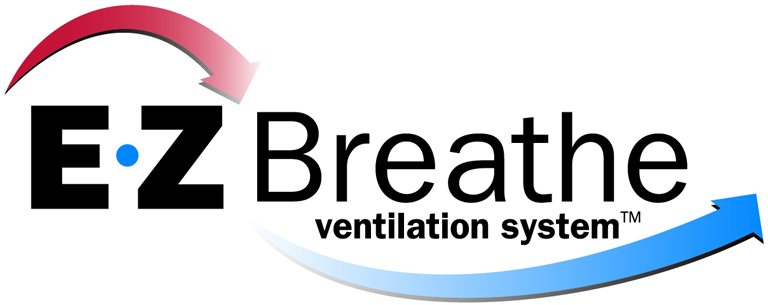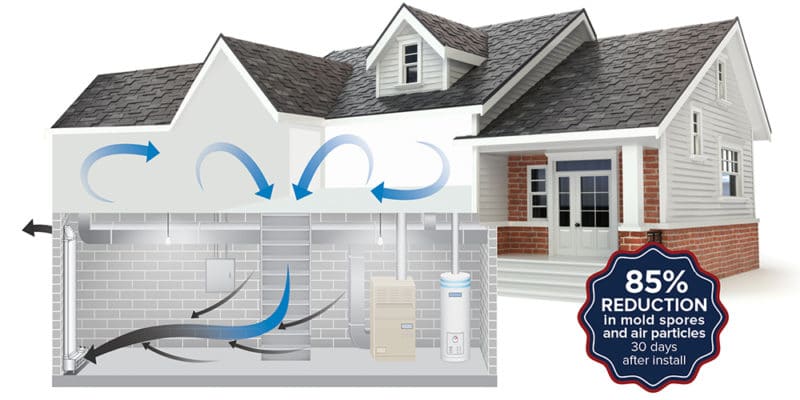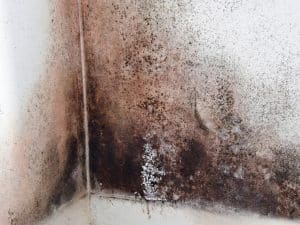The Fundamentals of Basement Ventilation Systems
Basements are often overlooked spaces within our homes, yet they play a crucial role in maintaining structural integrity and indoor air quality. Proper ventilation in basements is essential for a variety of reasons, including moisture control, prevention of mold and mildew, and ensuring adequate airflow for health and safety. In this article, we’ll delve into the fundamentals of basement ventilation systems, exploring different types, their components, and why they are essential for every basement.
To begin with, let’s understand the primary challenges associated with basements. Due to their below-ground nature, basements are prone to high humidity levels and moisture infiltration. This moisture can seep through walls and floors, leading to dampness and mold growth if not adequately addressed. Additionally, basements often lack natural ventilation, making them susceptible to poor air quality and stagnant air.
Basement ventilation systems are designed to address these challenges by providing controlled airflow and moisture management. There are several types of ventilation systems commonly used in basements:
- Natural Ventilation: This involves utilizing windows, doors, and vents to allow fresh air to enter and stale air to exit the basement. While effective in some cases, natural ventilation may not be sufficient to adequately control moisture and air quality, especially in tightly sealed basements.
- Mechanical Ventilation: Mechanical ventilation systems, such as exhaust fans and dehumidifiers, actively remove stale air and moisture from the basement while bringing in fresh air from the outside. These systems are typically more effective at maintaining optimal air quality and reducing humidity levels.
- Heat Recovery Ventilation (HRV) Systems: HRV systems are designed to provide fresh air while recovering heat from the outgoing stale air. This helps improve energy efficiency by reducing heating and cooling costs while ensuring proper ventilation.
Basement ventilation systems consist of various components, including fans, ductwork, vents, and controls. Exhaust fans are typically installed to remove stale air, while intake vents allow fresh air to enter the basement. Ductwork is used to distribute air throughout the space, and controls such as timers or humidity sensors regulate the operation of the system.
The importance of basement ventilation cannot be overstated. Basements can become breeding grounds for mold, mildew, and other indoor air pollutants without proper ventilation, posing health risks to occupants. Moreover, excess moisture can lead to structural damage and decay, compromising the integrity of the building.
In conclusion, basement ventilation systems are essential for maintaining a healthy and comfortable indoor environment. By implementing the right ventilation strategy, homeowners can effectively manage moisture levels, prevent mold growth, and improve overall air quality in their basements.
Contact the Professionals at EZ BreatheToday! 866-822-7328








 fatigue, and respiratory ailments due to the proliferation of black mold. However, the hazards extend beyond health concerns; the presence of black mold in basements also wreaks havoc on structural components such as walls, basement boards, and wooden articles. To counteract the damage inflicted by black mold, it is imperative to engage mold removal specialists as soon as you detect
fatigue, and respiratory ailments due to the proliferation of black mold. However, the hazards extend beyond health concerns; the presence of black mold in basements also wreaks havoc on structural components such as walls, basement boards, and wooden articles. To counteract the damage inflicted by black mold, it is imperative to engage mold removal specialists as soon as you detect  to the success of mold remediation efforts. By effectively capturing and removing airborne mold spores and other contaminants, these technologies reduce the risk of recontamination and ensure that indoor air quality is restored to a safe and healthy level.
to the success of mold remediation efforts. By effectively capturing and removing airborne mold spores and other contaminants, these technologies reduce the risk of recontamination and ensure that indoor air quality is restored to a safe and healthy level.